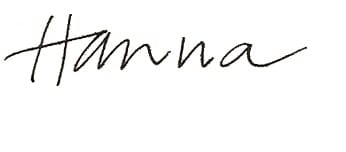
The Kindertransport remembered.
The opening of an exhibition in front of the Charlottenburg, Berlin railway station on 15 August and continuing until 13 October, 2019. A united German/British venture.
Eighty years ago, between November 1938 and September 1939, ten thousand Jewish children were rescued from certain death in Germany, and hastily received in England.
The story is told with posters displayed on Litfasssäulen, an old way of informing the population.
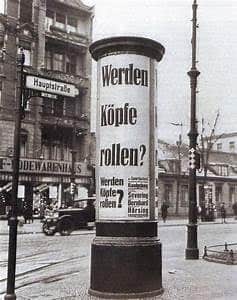
“Litfasssäulen” from 1933, a time of National Socialist propaganda
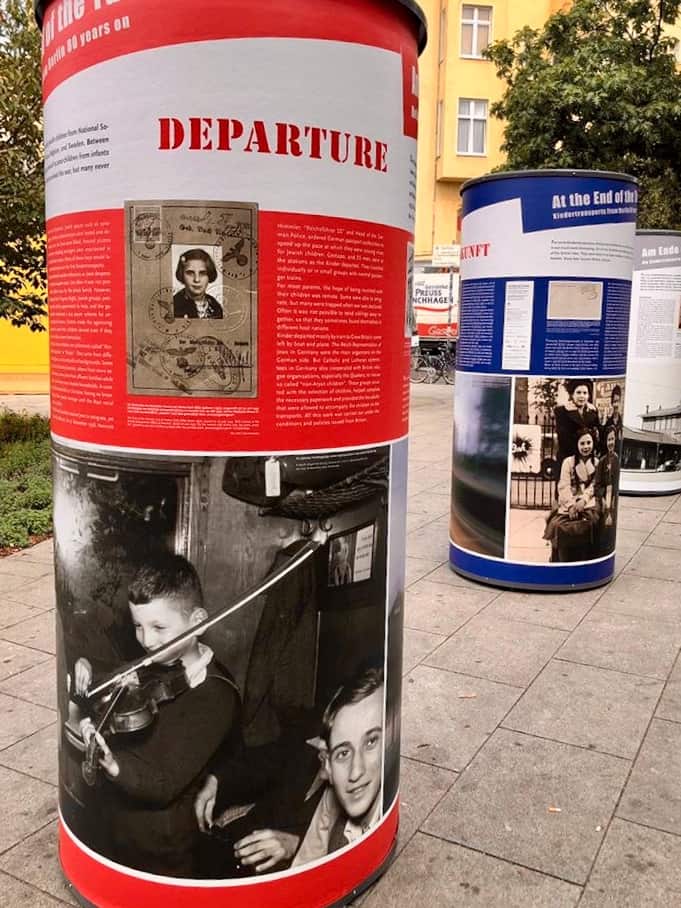
“Litfasssäulen” today, Charlottenburg
So how did my old photos end up among those posters in Berlin today, so many years later?
The short answer is Instagram! The longer answer is that Amy Williams and I became IG friends when she responded to my postings. Amy is completing her PHD at Nottingham University, her topic is the Kindertransport and especially during this year of the 80th Anniversary she is in much demand as a speaker in Europe and beyond.
Amy has read, A Garland for Ashes and when she was invited to speak at the opening of “Am Ende des Tunnels” she asked if the designer could use the pictures from my book for the display.
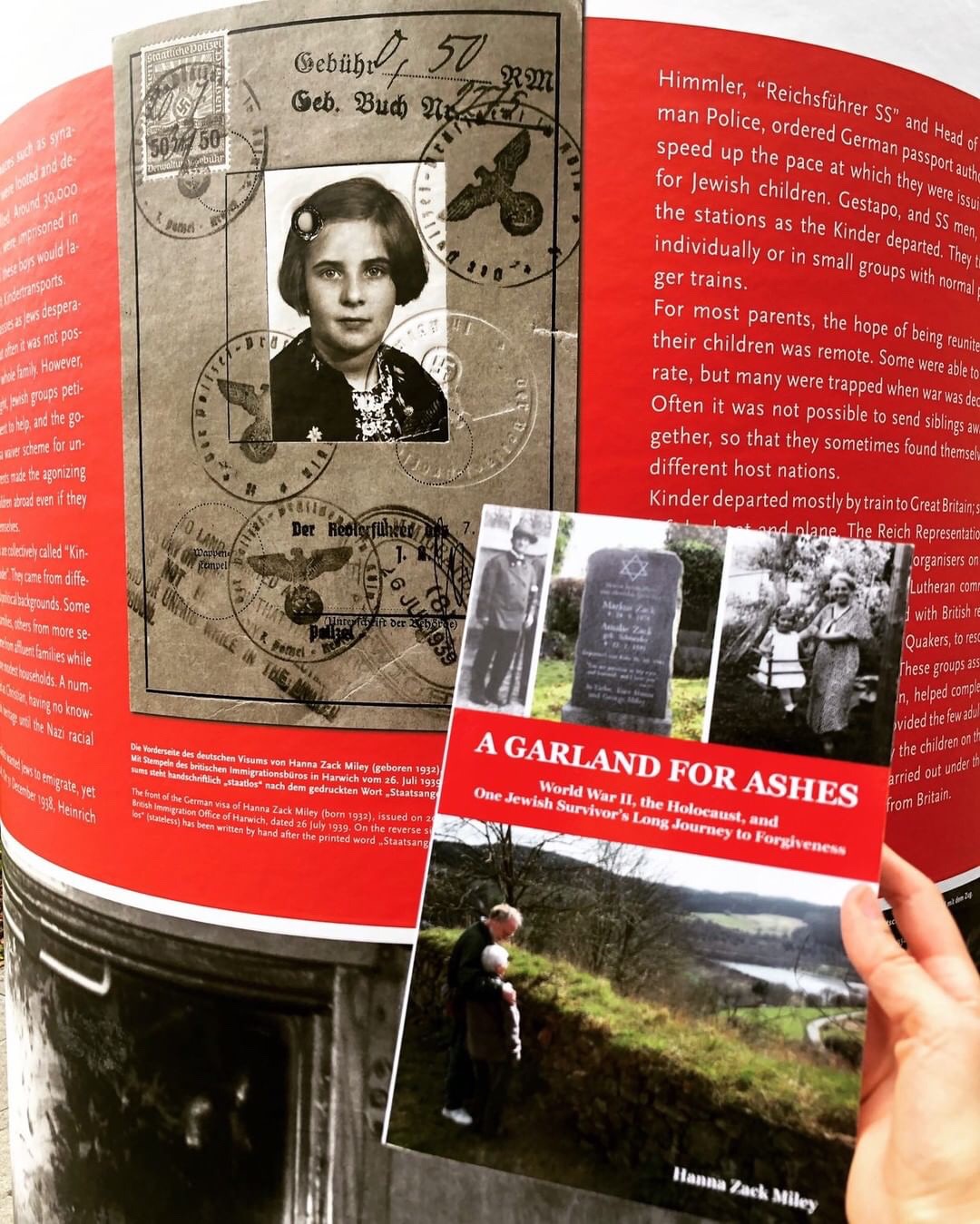
Amy’s hand holding A Garland for Ashes against the picture of my Visa
Amy’s words in remembrance of the Kindertransport, spoken in front of Charlottenburg Railway Station 80 years after Jewish children said goodbye to their parents in that place and began their journey to life. And my brief words to the group of German/British witnesses:
Amy’s Speech
This exhibition presents a German-British perspective of the Kindertransport which is significant for several reasons. This year both Britain and Germany are commemorating the 80th anniversary of this historical event. Kinder who live in Britain and other countries such as America are travelling back to Germany to retrace their journeys. Reenactments have brought many different generations and nations together in remembering the Kindertransport. Kinder also come to Germany to speak with school children and place memorials like the Stumbling Stones. This binational perspective is also important because this exhibition is the first to reflect upon the history and memory of the Kindertransport from these different national angles.
This multiperspectival exhibition highlights how the Kindertransport took place in many different contexts – it is a complex narrative. The first bollard considers what the Kinder’s lives were like prior to their departure, why they had to flee from their homes, and how this rescue operation was organised in Germany. The second bollard traces the Kinder’s journeys to their different host nations, how the refugee children were treated in Britain, what happened to the children during and after the Second World War, and their movements beyond British shores. The final bollard is perhaps the most personal because it focuses on the Kinder’s testimonies. We are not only presenting the national narratives but also the local and individual narratives of the Kindertransport. The history of the Kindertransport is transnational but memory of the Kindertransport seems to be nationally framed.
I’d just like to take this opportunity to thank the Kinder we have worked with on this project: Ruth Parker, Ruth Barnett, Inge Lammel and William Dieneman. Thank you all for sharing your stories with us. Thank you also to Hanna Miley, a Kindertransportee from America, who is supporting this project from across the pond. You’ll see Hanna’s photos featured in the exhibition. This exhibition as you’ll shortly see is bilingual. It presents two nations but it also connects to how some Kinder have retained their German even though they eventually learned English. Many Kinder talk about how they are caught between two worlds (Germany and Britain) and this is represented here through language.
German and British memories of the Kindertransport are connected through this exhibition as they are also connected through Frank Meisler’s transnational memorial network.
Hanna’s Words
“Am Endes des Tunnels”
I let the words rise from my memories, and for me they carry contrasting emotions both pain and hope. Shortly after Kristallnacht, in November 1939, a train carried three of us through the local tunnel. My parents and I left Gemünd, our small home town, for the last time.
The journey ended for Amalie and Markus Zack, when they were herded into a gas van in Chelmno Poland. on May 3, 1942.
While for me that tunnel led to life and the long journey from bitterness and hate to forgiveness and freedom.
My thoughts are flooded with gratitude when I think of the Kindertransport. I received the gift of life through the love of my parents and the strangers who responded to the emergency.
Why are we here today, standing together in the street, near to the Charlottenburg Bahnhof?
Why are some of us with you only in our thoughts?
Why are we remembering people and events from 80 years ago?
Could it be among the many answers to those questions there is an underlying desire to face our fears about our world today?
And so I am thankful for every public remembrance that addresses the capacity for evil that we all carry.
I would like to end by sharing the Aaronic Blessing with you,
“The Lord bless you & keep you;
The Lord make His face to shine upon you and be gracious to you;
The Lord lift up His countenance upon you & give you peace.”
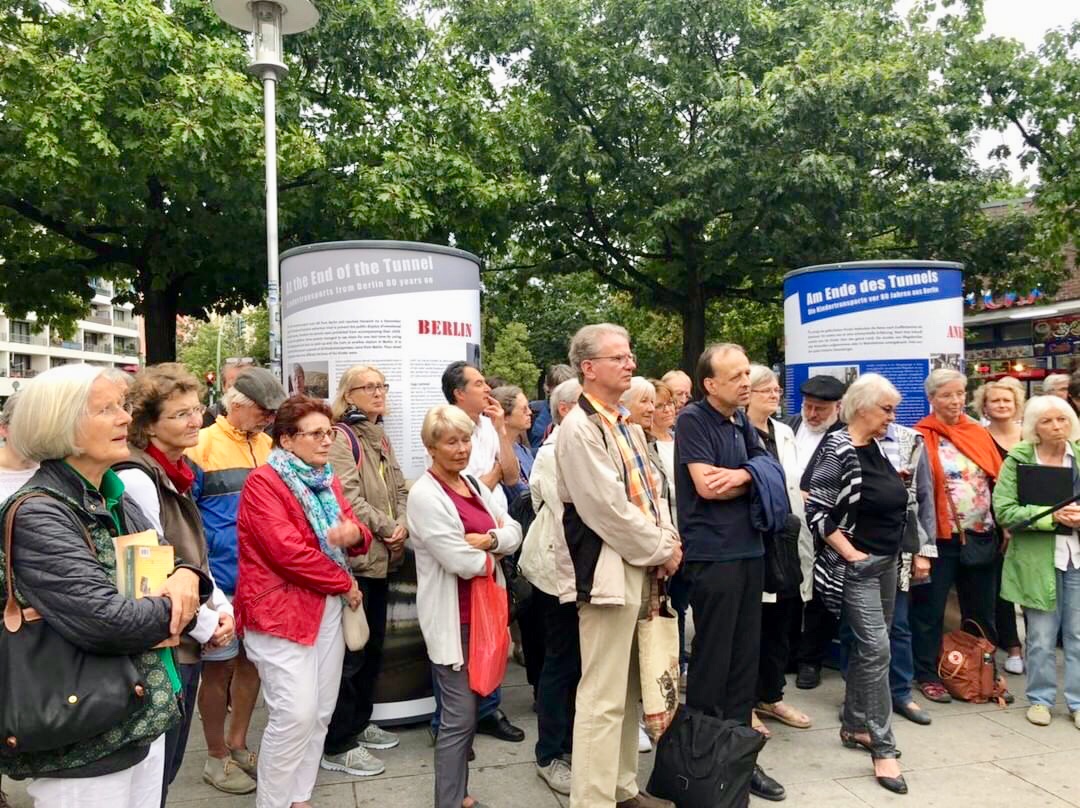
Listening to Amy
Can you see Greetje Saunders on the far left of the group with copies of Meine Krone in der Asche in her hands? The German version of A Garland for Ashes.
Greetje and her husband, David were part of the pilgrimage to Poland in 2010 to pray in Chelmno, at the place of my parents’ ending.
I marvel at the convergence of people, places and events….
Am Ende des Tunnels.
